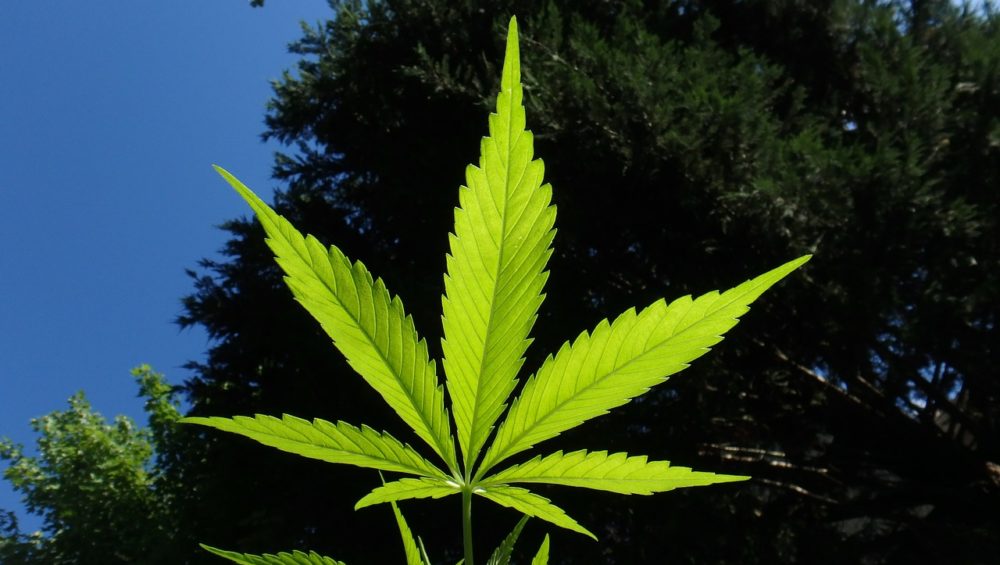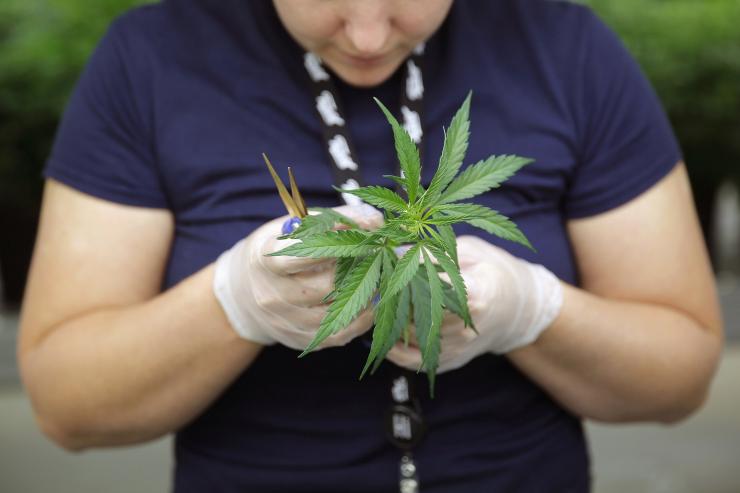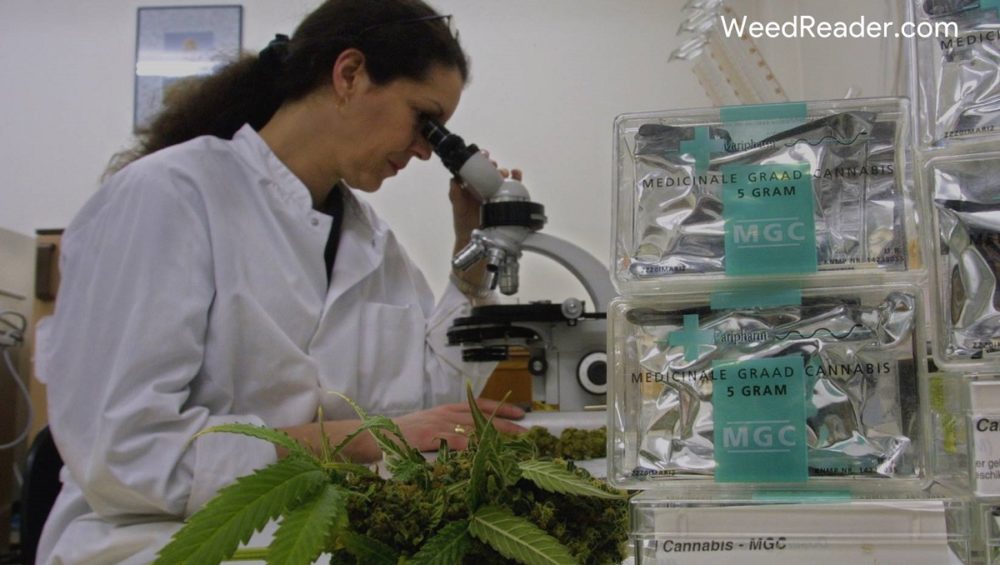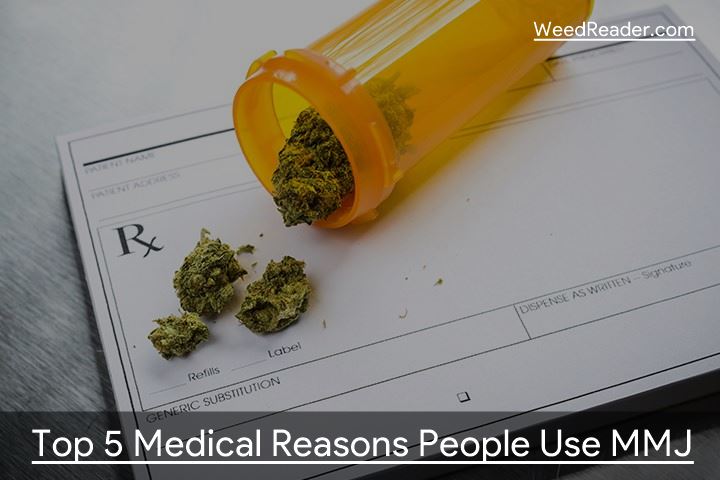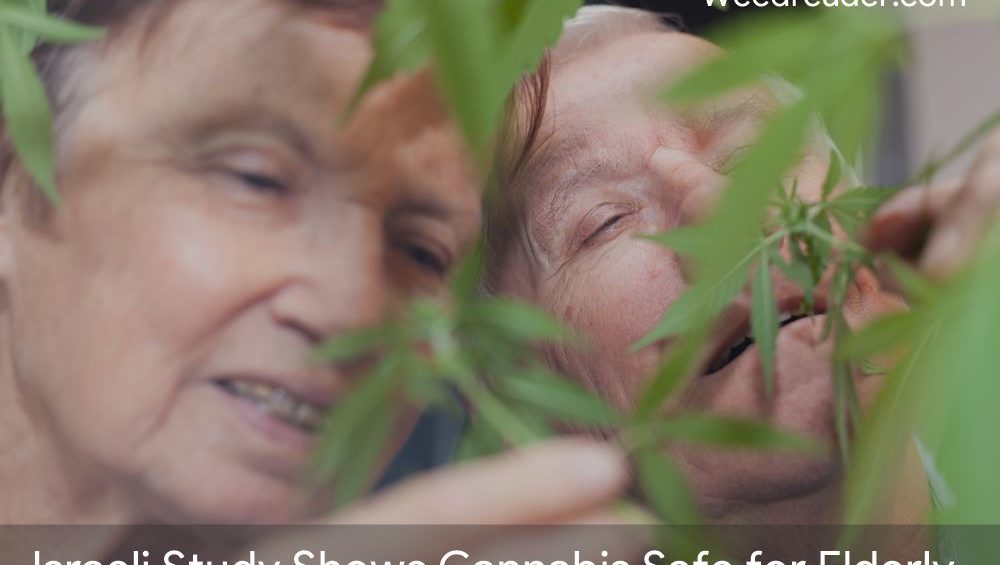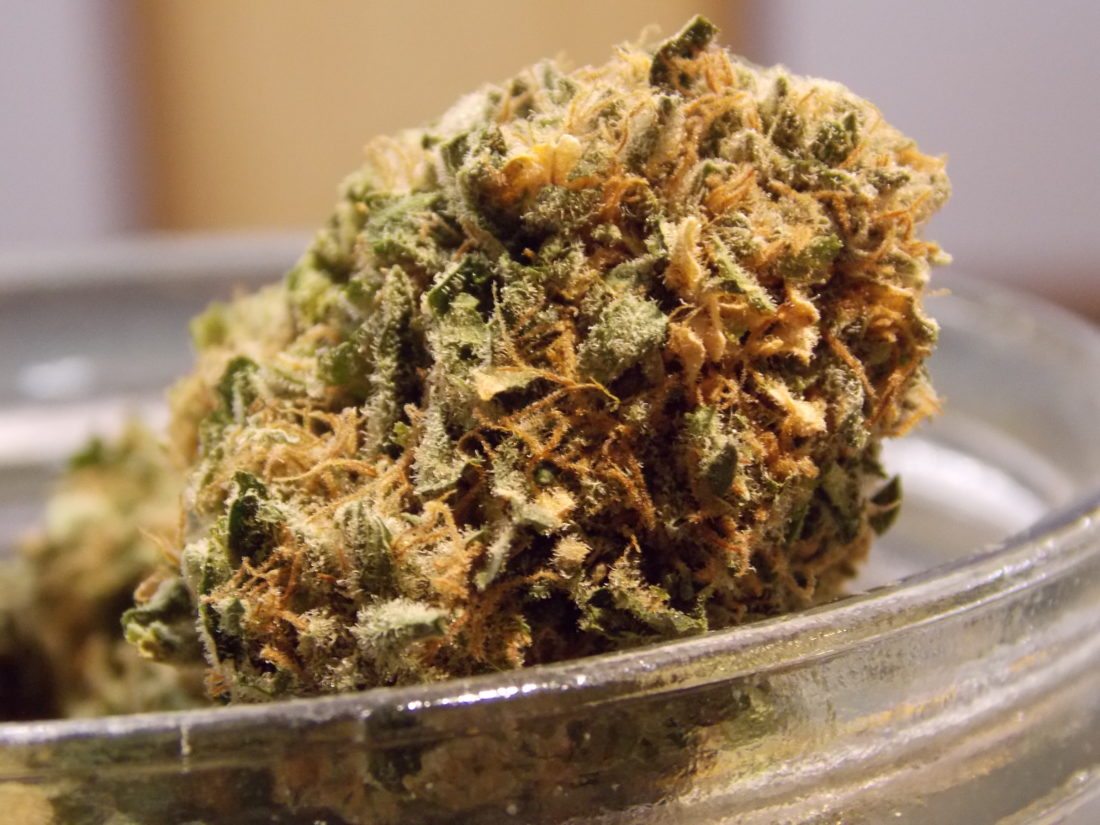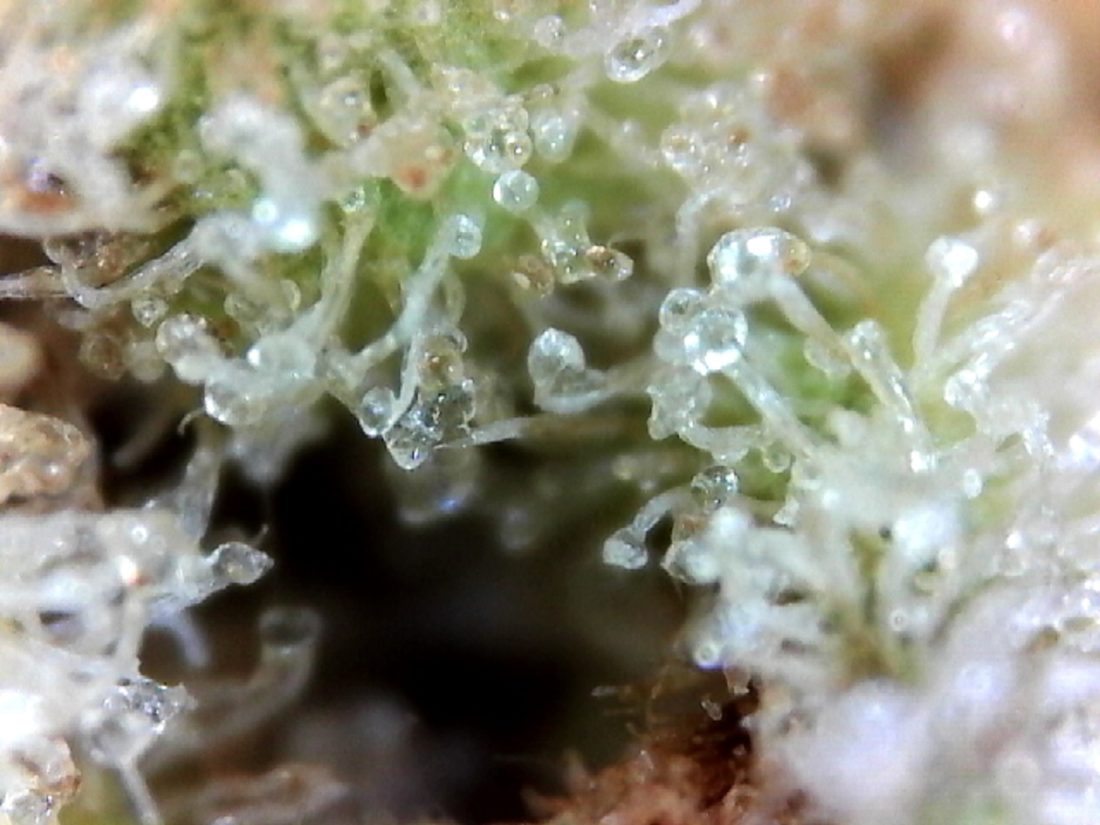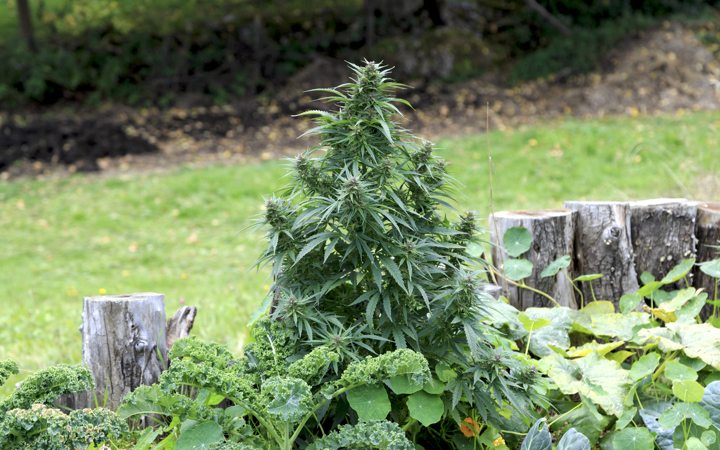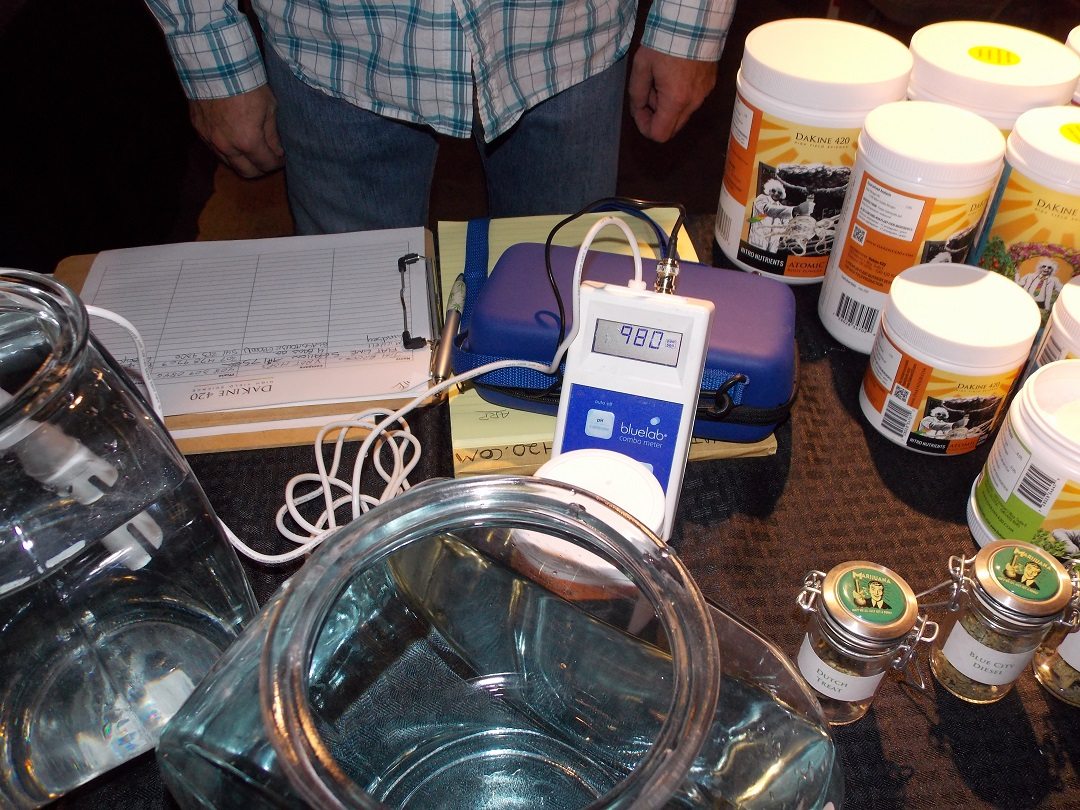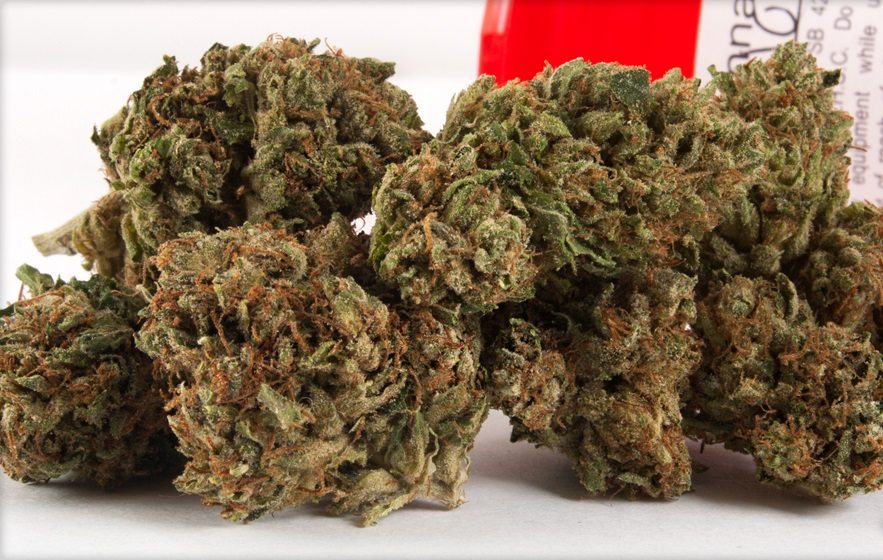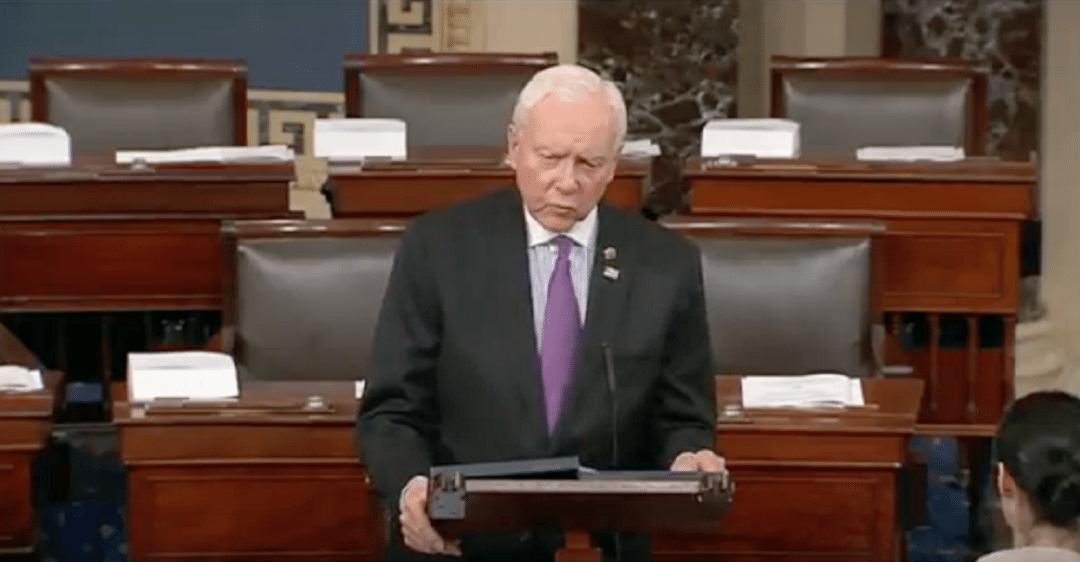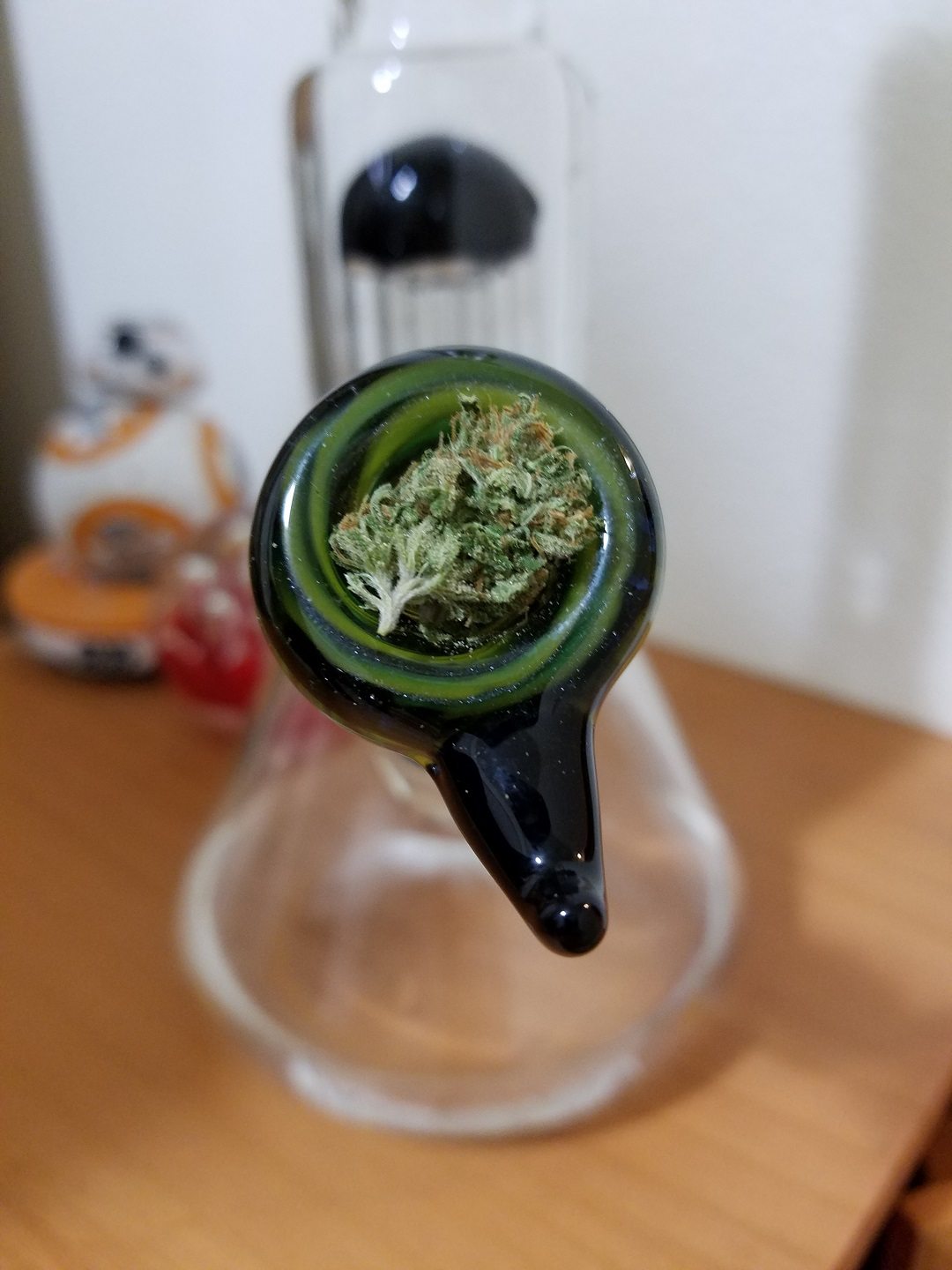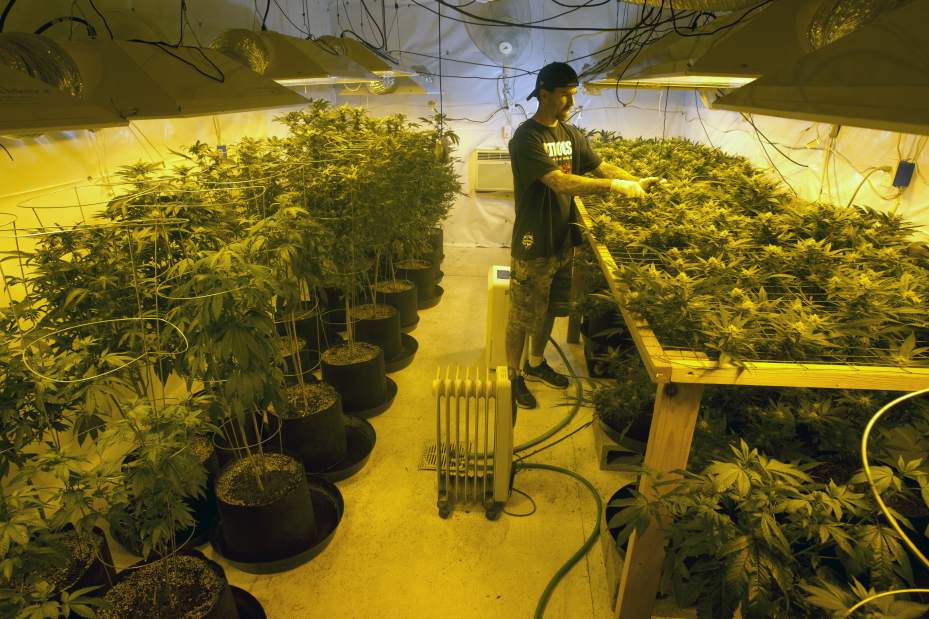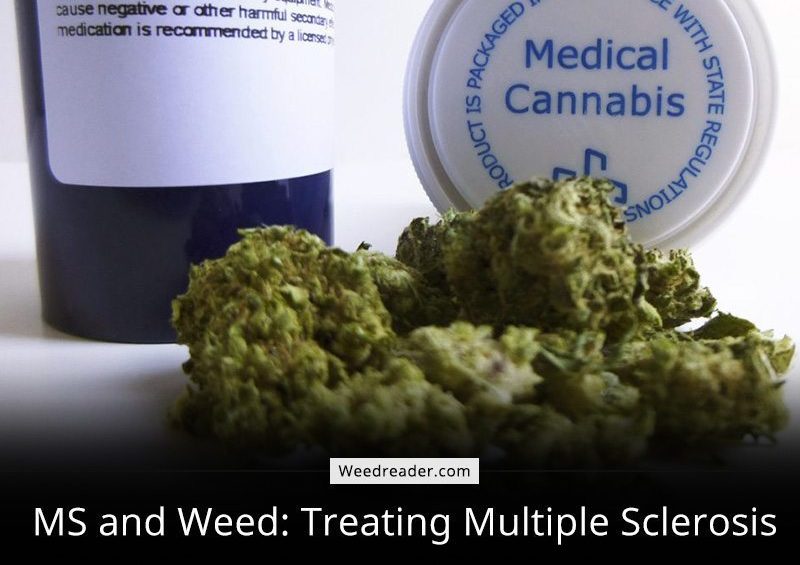Study Shows Cannabis Impairs Memory
A joint study recently released by two Universities recently provides new insight into how cannabis impairs memory. They discovered that habitual use of cannabis impairs memory in lab rats. The scientists dosed rats with the descriptively named WIN 55,212‐2 cannabinoid and they began struggling to identify and remember objects.
Universidade de Lisboa in Portugal and the University of Lancaster in the United Kingdom conducted the study. They looked into the long-term effects of cannabis consumption for new insights into reducing the side effects of cannabis. After analyzing the data, they recently published their results in the Journal of Neurochemistry.
The peer reviewed paper is part of a new wave of research looking into the effects of cannabis. It is part of a larger initiative to uncover the mysteries hidden in cannabinoids and our own bodies. The authors of this study also conducted another that shed light on how cannabis impairs the ability to recall memories.Readers interested in more information can check out their current white paper at onlinelibrary.wiley.com or their previous research at squ.pure.elsevier.com.
Habitual Use May Pose Risk
The study found that rats dosed with WIN 55,212‐2 didn’t recognize objects they had previously seen. But the drug didn’t affect their motor functions or anxiety level. Brain tissue tests also showed structural changes in brain regions important to memory and cognition.
This means that heavy or habitual use can have long-lasting impact on users. Most people understand that cannabis impairs memory. But this is one of the first times that scientists have proven the link between cannabinoids and memory.
The discovery adds to what we know about cannabis interacts with the functional mechanisms in the brain. It also sheds new light on the importance of the serotonin system in processing cannabinoids. This is one more step forward for patients suffering from a variety of diseases that affect memory.
Cannabis isn’t perfect
Despite the claims of hippies and spiritualists, cannabis can provide negative side effects. Not everyone wants to be blazed while using cannabinoids. Many patients prefer CBD instead of THC because it doesn’t produce a noticeable “high”. Finding a way to counteract the high could allow high THC consumption without the normal negatives.
One of the most iconic side effects of cannabis is how it impairs memory. Yet the mechanics of how this happens are complex and difficult to study outside the lab. With so many countries changing their stance of cannabis, researchers are finally able to see what all the fuss is about. The complex nature of cannabinoids means that single cannabinoids interact with a variety of brain systems simultaneously.
The study author Ana Sebastião cited the growing cannabis market and therapeutic use of cannabis as a main consideration as reported by Medical News Today. The author claims we should consider the downsides of therapeutic cannabis use and try to find ways to address them. After all, only understanding the nature of the risks of cannabis use will allow us to take action to avoid or prevent them.

